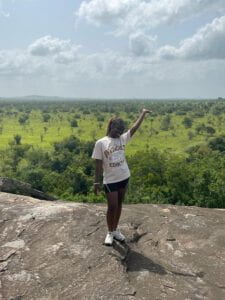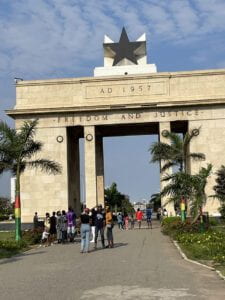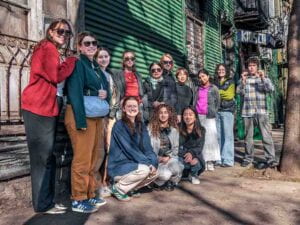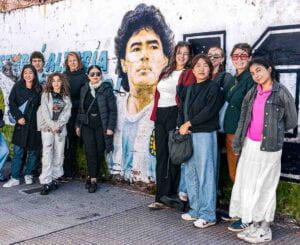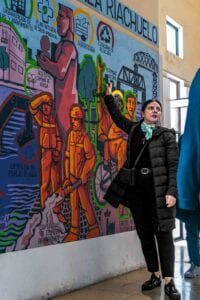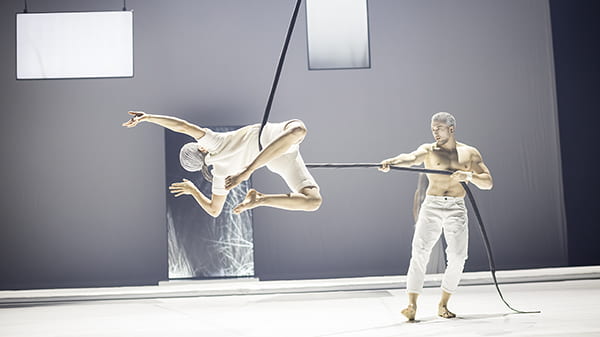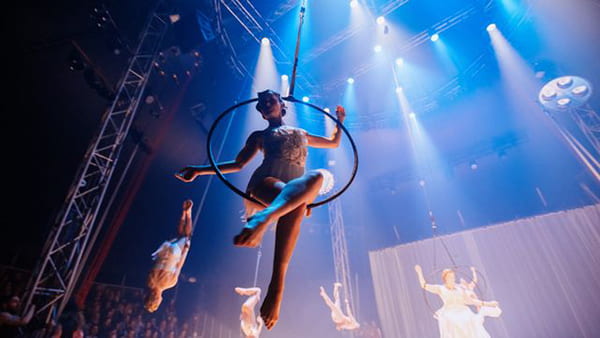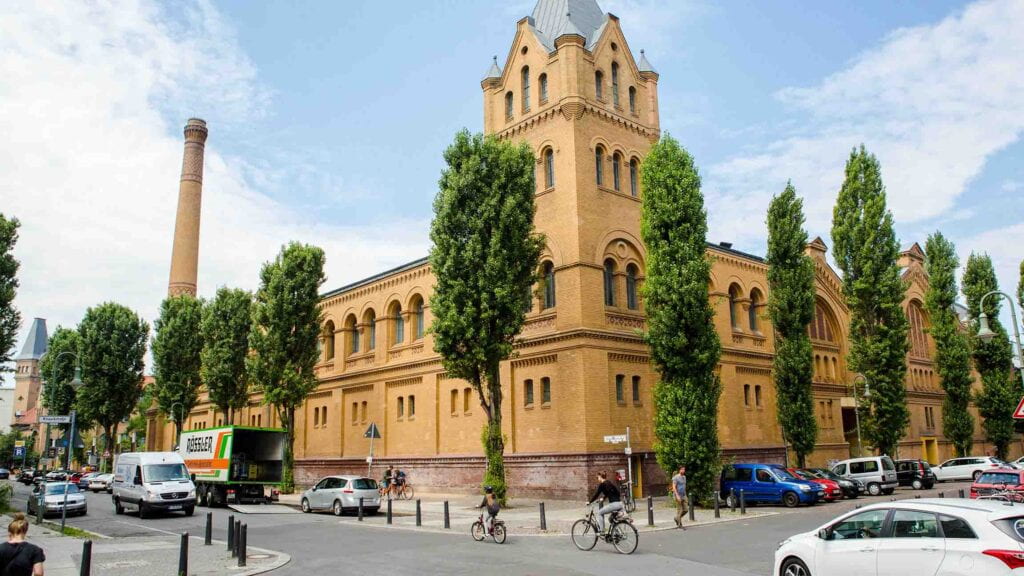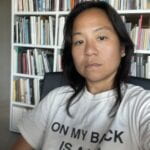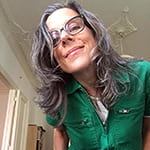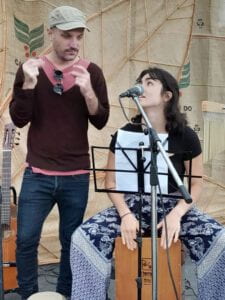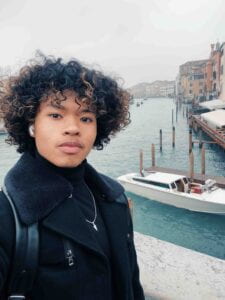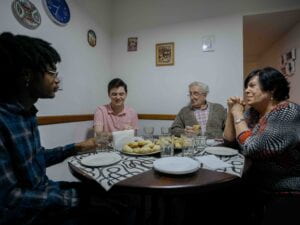Take a peek at the work of students who took advantage of Berlin’s flourishing arts scene while studying away at NYU Berlin.
Each year, many students at NYU Berlin unleash their most creative selves. “Berlin has a really long history of serving as home to artists and artistic creation, stretching all the way back to the 17th century,” says Jennifer Porto, arts coordinator at NYU Berlin. After the fall of the Berlin Wall in 1989, the city blossomed as “an unparalleled canvas for artistic expression,” where artists could work without financial strain. And even though it’s not as inexpensive as it once was, “Berlin is still known as a place that fosters and fuels creativity,” Porto adds.
Every student at NYU Berlin has the chance to exhibit their talents while there—whether through an open studio, a performance, or a showing. “Many of our students also investigate other opportunities, and we’ve had students perform in clubs, appear on local radio stations, or even create their own events,” Porto explains “I think that’s the biggest standout opportunity: if you’re the kind of person who wants to give something a go, chances are pretty good that there’s a venue in Berlin that will let you showcase what you do.”
Dyllan Gabriel Larmond, Class of 2025
 Journal Entries II (and the goddamn dog)
Journal Entries II (and the goddamn dog)
“I used this painting as a way to work through difficult identity- and family-related struggles whilst bringing my fullest self into the process,” Dyllan explains. “I am so proud of this painting and how much I have grown both as an individual and as an artist.”
According to Dyllan, Berlin itself was a big part of that. “Studying abroad gave me the distance and the space I needed to bring myself back into my work in a fun and exciting environment. I felt so supported by NYU Berlin faculty, and I was shocked at how at home I felt in Berlin. I realized that a lot of my artistic practice relies on getting out of my comfort zone and exploring.”
Eli Kan, Class of 2025
Error 403: Partner Not Found
“The internet has become one of the most accessible ways for young queer people to find their community,” Eli explains, noting that representation of queer people in pop culture was virtually nonexistent until recently, except in the form of queer-coded villains. “But what makes something (or someone) monstrous? Is it simply a matter of unfamiliarity?”
Eli wanted to explore that question by inviting the viewer “to become an active participant in attempting to communicate with the unknown.” An iPad—placed among fabric, cow bones, fishing line, nuts, and LED lights—serves as this piece’s “window into the soul.”
Eli says NYU Berlin spurred new projects in unexpected ways: “I really enjoyed the experimental music and theatre scene there. It definitely inspired me to do more performance-based works.”
Bingyi Zhang, Class of 2024
 The Secret Language
The Secret Language
“When creating this piece, I was doing research on Nüshu, the women’s script that was used in a small village in Hunan province, China, where women were denied a formal education,” Bingyi explains. “So, they developed a ‘secret language’ to express their feelings, to write poems and lyrics. I found it very beautiful and powerful.”
In her work, Bingyi focused on the patterns found on the surface of water, which change under different lighting and circumstances. Berlin was an integral part of shaping this piece: “I enjoyed going to Museum Island and taking a walk along the river. I took a lot of pictures of the water surface, which later became the inspiration and material for this work.”
Evan Clausen, Class of 2025
Still from Eating Andrea
Evan (right) performed, wrote, and directed this play, along with classmates Xander Candib (left) and Andrea Cañas. “We had intended a message about greedy corporations taking and taking and taking from the environment with little regard for the restoration or sustainability of the planet they take from,” he notes.
Then, the group decided to really lean into the absurd. “If we could confront the audience with the grotesque sight of eating meat and lettuce straight off someone’s body for a long period of time, they would be forced to reckon with the discomfort inherent in the situation…once in this state, what they take from the piece is up to them,” he says.
Evan was inspired by experimentation in German theatre. “German theatre is so dynamic and out there, and you get to experience theatrical situations that are so unusual, yet so thought-provoking,” he says.
Scene from Faith, Hope, and Charity
Evan (as a policeman, left) and Ava Monroe (as Elisabeth, right) perform in Faith, Hope, and Charity, written by Ödön von Horváth and directed by Rikki Henry, in February 2024 in Berlin. In the scene, Elisabeth discovers the policeman she’s falling for isn’t who she thought he was.
Written by Marti Trgovich













